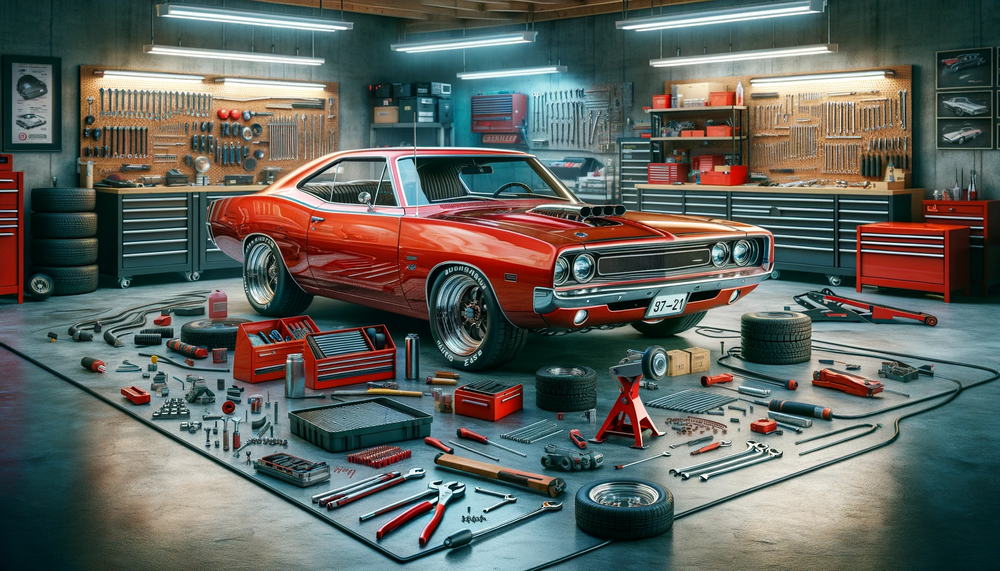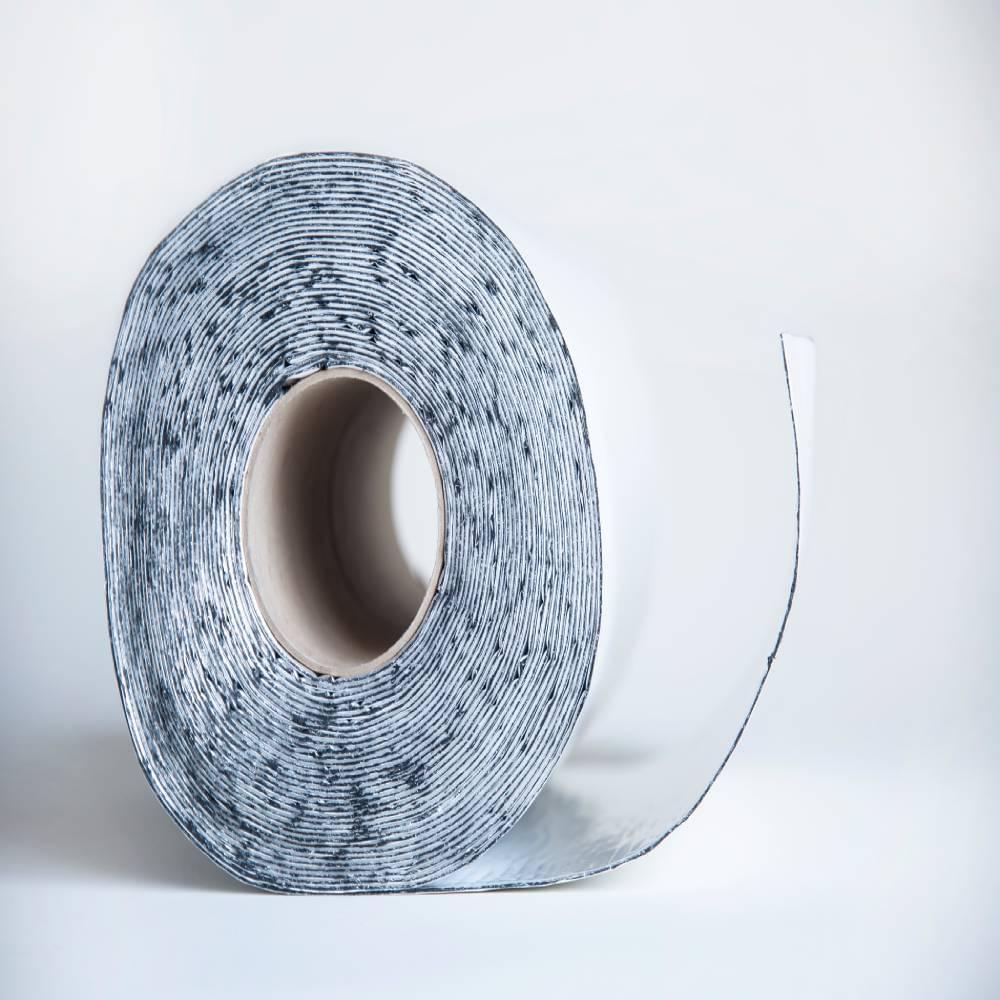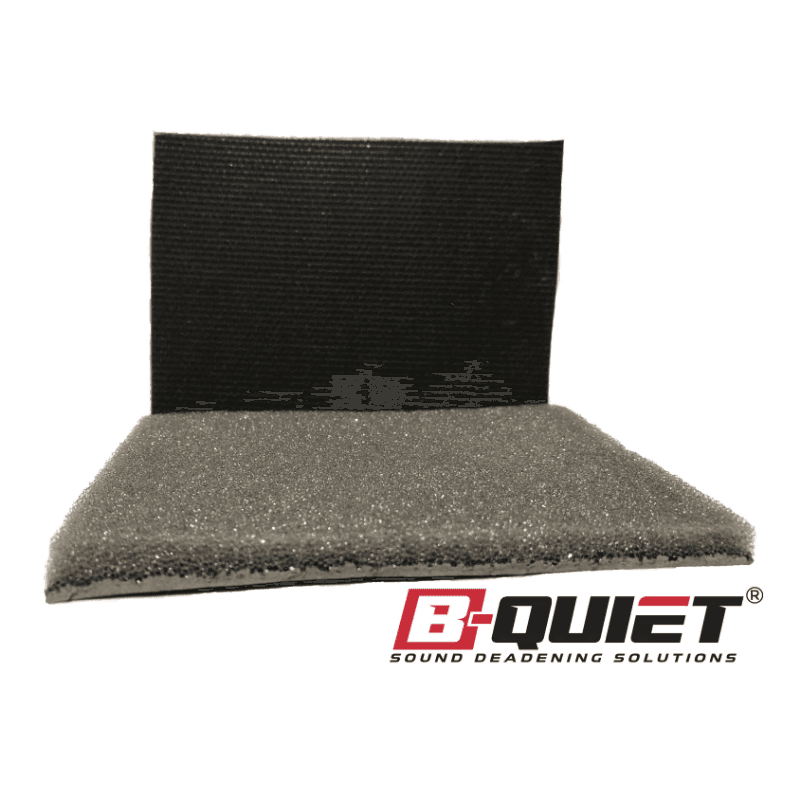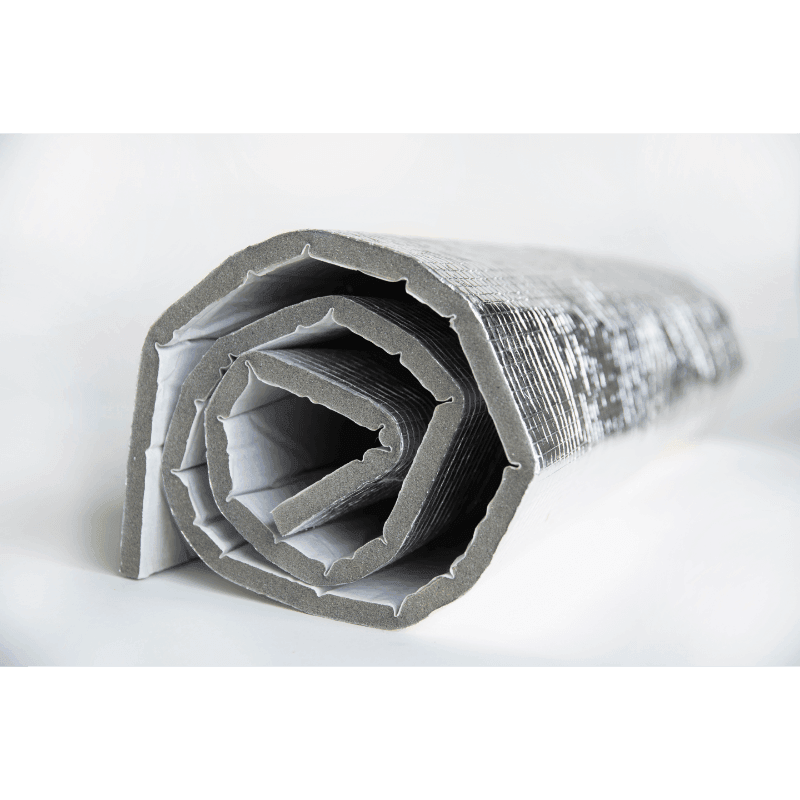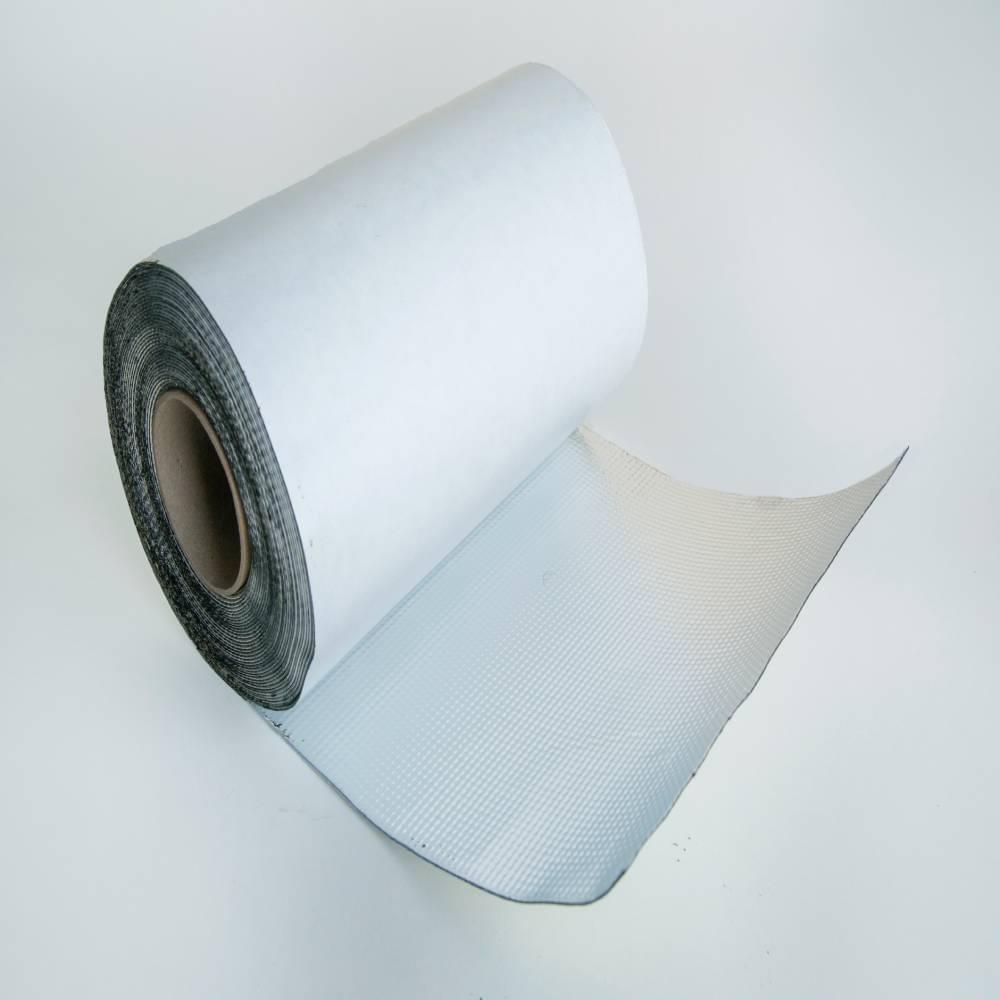Reducing Vibrations and Rattles in Your Car: A Sound Deadening Guide
Few things can be more annoying than dealing with persistent rattles, vibrations, and buzzing noises in your car while driving. This uninvited symphony of unwanted sounds can not only diminish the overall enjoyment of your driving experience but also cause unnecessary stress and distraction on the road. Fortunately, sound deadening techniques can effectively reduce these nagging issues, resulting in a quieter, more comfortable driving environment for everyone on board.
In this comprehensive guide, we will take an in-depth look into the world of automotive sound deadening, specifically focusing on how to minimize vehicle vibrations and rattles. We will explore the main causes of automotive vibrations, offer expert advice on how to pinpoint and diagnose rattles, and present proven strategies for soundproofing your vehicle to achieve a more peaceful and enjoyable ride. Our insights will provide you with actionable solutions to address these infuriating issues and transform your car into a tranquil sanctuary.
Join us on this quest to tackle vibrations and rattles in your vehicle, unveiling tested sound deadening techniques that will vastly improve your driving experience. Whether you are a seasoned driver, DIY enthusiast, or a casual road warrior seeking a more comfortable ride, our expert tips and strategies will equip you with the knowledge and confidence to conquer even the most stubborn automotive vibrations and achieve a satisfyingly serene driving environment.
Identifying Common Causes of Vehicle Vibrations and Rattles
To effectively address vibrations and rattles in your car, acquaint yourself with the most common causes of these bothersome sounds:
- Loose Components: Panels, brackets, or other hardware inside or outside of your vehicle may become loose, leading to vibrations and rattles when driving.
- Worn or Damaged Parts: Over time, parts such as suspension components, bushings, or even engine mounts can wear out or suffer damage, causing rattling and vibrations.
- Wheel Imbalance: Uneven weight distribution among your wheels can lead to vibrations in the steering wheel or body of the vehicle.
- Drivetrain Issues: Issues with CV joints, drive shafts, or other drivetrain components can lead to rattling noises and vibrations while driving.
Diagnosing Vibrations and Rattles in Your Vehicle
Knowing how to pinpoint the location and source of vibrations and rattles is essential for addressing these issues effectively:
- Passenger Assistance: Ask a passenger to assist you in determining the location and nature of the rattling or vibration as you drive, ensuring a more accurate diagnosis.
- Inducing Vibrations: If possible, replicate conditions that trigger vibrations, such as accelerating, braking, or driving over specific surfaces.
- Visual Inspection: Inspect your vehicle's interior and exterior for loose panels, hardware, or other potential causes of rattling or vibrations.
- Professional Assessment: In cases where you are unable to diagnose the problem yourself, consult with a mechanic or automotive professional for further assistance.
Sound Deadening Techniques to Reduce Vibrations and Rattles
Implement the following sound deadening strategies to combat vibrations and rattles in your vehicle effectively:
- Mass Loaded Vinyl (MLV): Applying this heavy and flexible material to panels and surfaces throughout your vehicle can greatly reduce vibrations and rattles by adding mass and dampening sound.
- Sound Deadening Mats: These adhesive-backed mats reduce vibrations on various surfaces, such as floors, doors, and body panels, and can be cut to size for a customized fit.
- Closed Cell Foam: A lightweight and versatile sound-absorbing material, closed cell foam can be used to line areas with contoured surfaces or to fill gaps and voids where rattles may occur.
- Carpet Padding: Installing extra padding beneath your vehicle's carpet can help decrease vibrations and noise caused by road surfaces or loose components.
Pro Tips for Eliminating Persistent Vibrations and Rattles
For those particularly stubborn cases, consider utilizing the following pro tips to banish persistent vibrations and rattles from your car:
- Re-Torque Fasteners: Over time, screws, bolts, and other fasteners can loosen, leading to rattles or vibrations. Retorque these components to ensure they remain securely in place.
- Lubricate Hinges and Joints: Apply lubricant to door and trunk hinges, latches, or other moving parts to minimize noise and friction.
- Inspect Weatherstripping: Check your vehicle's weatherstripping for signs of wear or damage and replace it if necessary to reduce noise infiltration.
- Harness the Power of Decoupling: Employ decoupling materials to separate vibrating parts or surfaces, preventing sound transfer and reducing resonances.
Conclusion:
Dealing with persistent vibrations and rattles in your car can be a frustrating experience, but it does not have to be an insurmountable challenge. By understanding the common causes of these issues, learning how to diagnose them effectively, and applying tested sound deadening techniques, you can transform your vehicle into a quiet, comfortable oasis where every drive becomes a pleasure rather than a chore.
As automotive sound deadening experts, B-Quiet is dedicated to helping you achieve the serene driving environment you deserve. Our expertise and passion for sound deadening allow us to guide you through the process of eliminating vibrations and rattles in your car, truck, or camper, ensuring a smooth and enjoyable ride for years to come. If you are ready to bid farewell to those pesky noises and embrace the soothing silence of a well-soundproofed vehicle, reach out to our team today. Together, let us embark on an exhilarating journey toward a harmoniously quiet driving experience that knows no limits.


